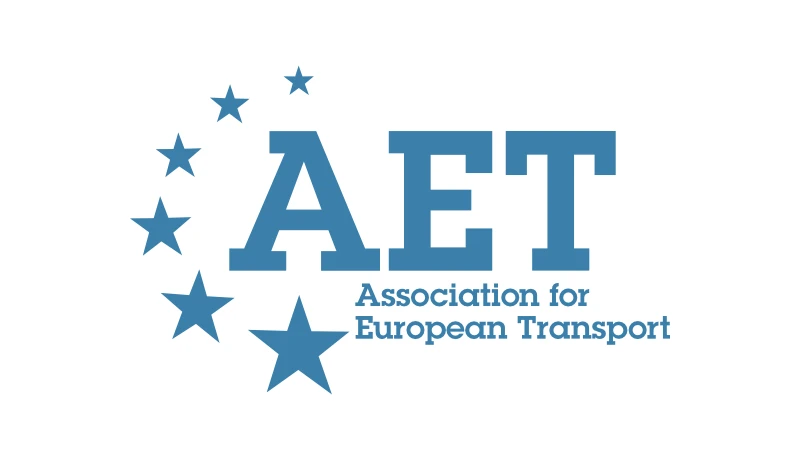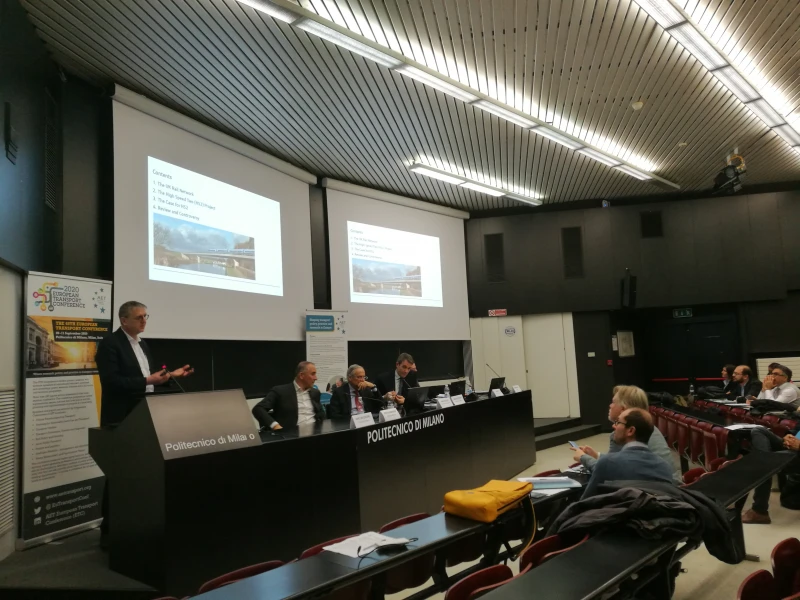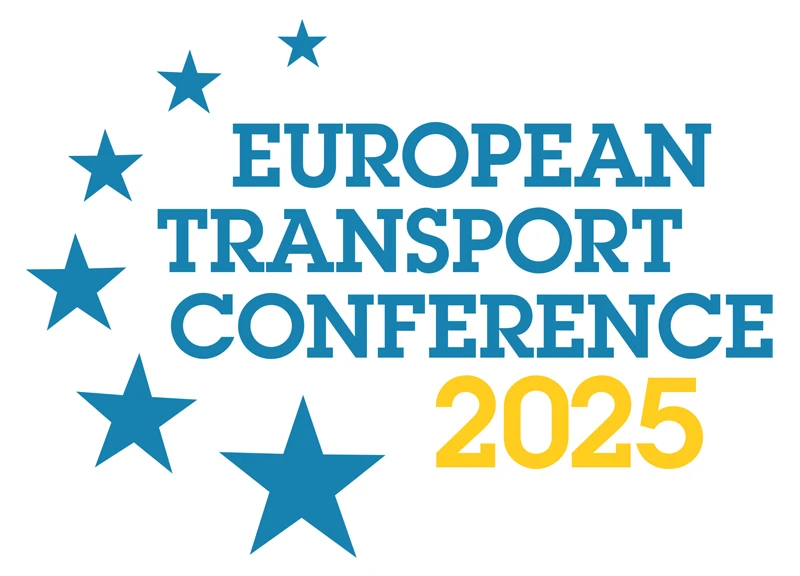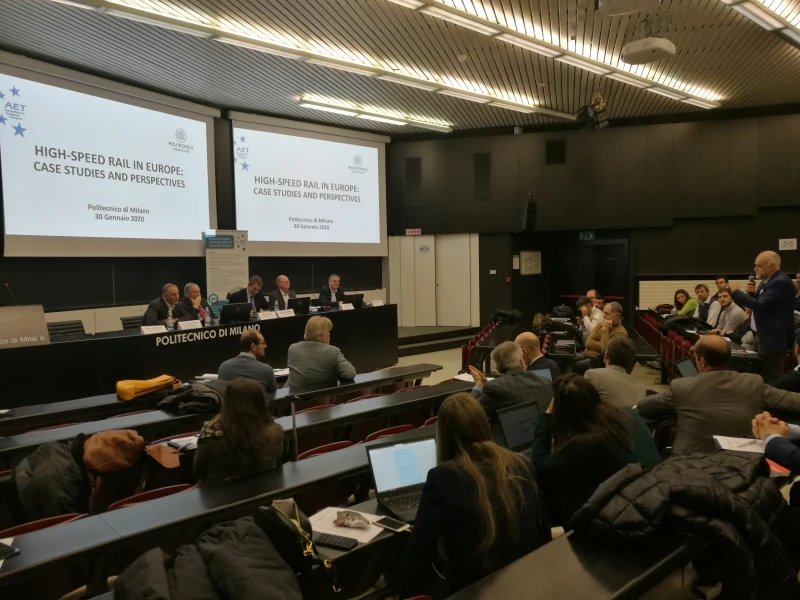-
Past ETC Papers
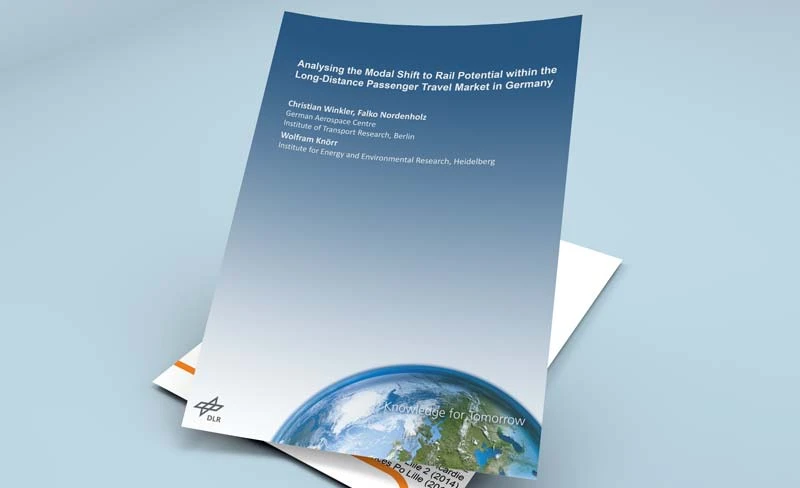
Browse, search and view papers from the past AET Conferences.
-
Members' Area
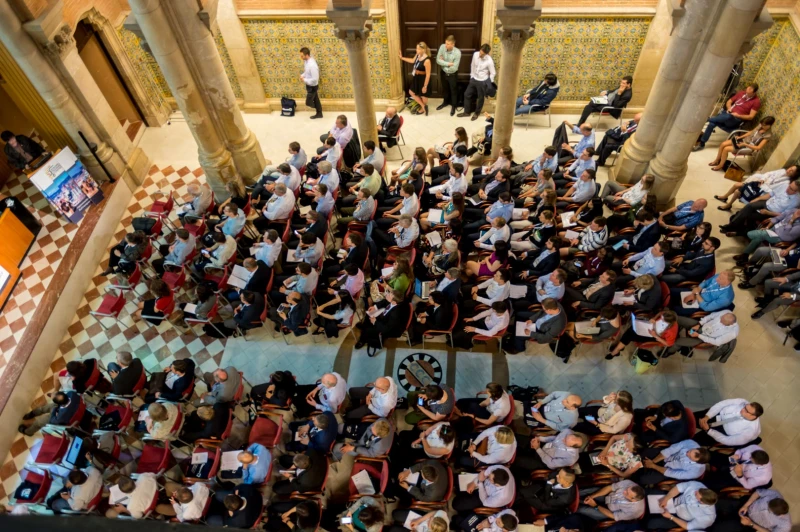
AET promotes networking and exchange of ideas, information and opportunities amongst members.
Conference Papers 2022
Milan, Italy
ETC Conference Papers 2022
A Random Forest modelling framework for learning and estimating individuals’ daily activity patterns
Seminar
Day 2 (8 Sep 2022), Session 4, ACTIVITY BASED MODELS, 10:00 - 11:30
Status
Accepted, documents submitted
Submitted by / Abstract owner
Jeff Tjiong
Authors
Jeff Tjiong
Hussein Falih
Short abstract
This paper described the use of Random Forest in learning daily activity sequences of population groups using UK time use data. Model results indicate that this novel approach is efficient in understanding daily activity patterns under uncertainty
Abstract
There has been growing interest in developing activity-based models for forecasting travel demand which aims to model individuals’ multidimensional choices of daily activities and travel, as exemplified by the use of activity-based models for policy analysis for large metropolitan areas in North America and Europe. These operational activity-based models typically include a scheduling module for generating activity agendas/schedules, which provides explicit details on activity type, frequency and sequence of activities engaged by individuals throughout the day. The choices of activity agendas are then adopted for modelling of tours and trips in activity-based models. Whilst a number of activity-based modelling frameworks have assumed fixed activity agendas that are solely developed based on activity diaries, some advanced activity-based models include scheduling modules that are developed using statistical methods employed to group activities by similar socio-demographic and temporal characteristics (e.g., empirical data analysis by Roorda et al., 2005; survival analysis by Auld and Mohammadian, 2009). Heuristic rules are then implemented to schedule the individual’s agenda.
More recently, machine learning techniques have also been implemented to model temporal dimensions associated with traveller’s daily activity patterns and generate activity agendas and sequences. For instance, Support Vector Machines (SVMs) were used by Allahviranloo and Recker (2013) to capture the sequential choice of activities, which is shown to have performed better than MNL in terms of model accuracy. Another example includes the use of Random Forest approach by Hafezi et al., (2018) to replicate an individual’s daily activity patterns as per heterogeneity characteristics, applied to time use data for Halifax, Canada. These emerging techniques have shown promising results in terms of model estimation accuracy, computational efficiency, and practical application (Hafezi et al, 2021). More importantly, the use of machine learning can better model the inter-dependencies between activity type, activity sequence and socio-demographic data by learning from trained data set of observed activity sequences, without the prior knowledge of the potentially huge number of homogenous daily activity patterns required for conventional choice-based analysis of activity patterns. This paper presents the first application which has employed the machine learning technique on the UK time use data in learning daily activity sequences of population groups. The UK time use data was collected between 2014 and 2015 by the Centre for Time Use Research (CTUR) and funded by ESRC-UK and NICHD-US.
Our modelling approach largely followed the Random Forest approach devised by Hafezi et al. (2021), which broadly consists of three sequential stages. First, clustering technique (Fuzzy C-means clustering, FCM) was applied to identify groups of individuals with homogenous daily activity patterns with optimal number of clusters were determined based the Dunn’s index. Second, Classification and Regression Tree (CART), which is a decision tree algorithm, was used to explore interdependencies amongst the attributes in each identified cluster and to relate cluster membership of individuals to their sociodemographic attributes. Finally, the model estimation accuracy was evaluated based on measures from both confusion and transition matrices. Our model results indicate that machine learning could potentially become an efficient and practical tool for transport modellers to forecast and model temporal dimensions of travel activities amongst various population groups. The results from this study will become useful inputs to any future activity-based models in the UK and more importantly, will provide insights into changes in travel agendas due to uncertainty (e.g., COVID-19 pandemic) without the need to estimate a large number of econometric models for new travel patterns adopted by individuals. Our next step is to compare the time use patterns derived from machine learning algorithm before and during COVID-19 pandemic, and also against results generated by conventional econometric methods including sequential MNL,
Programme committee
Transport Models
Topic
Travel data: when will new travel patterns be stable enough to inform modelling and forecasting?
Documents:

Association For
European Transport
Forester House
Doctors Lane
Henley-in-Arden
Warwickshire, UK
B95 5AW
+44 (0) 15 64 793552
VAT number: 710 1866 64
Conference Supporters & Endorsers

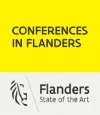


Legal Entity
The Association for European Transport is registered as an Association ('vereniging') with the Chamber of Commerce for Haaglanden in The Netherlands under company number 27170096.
Built on Zenario

